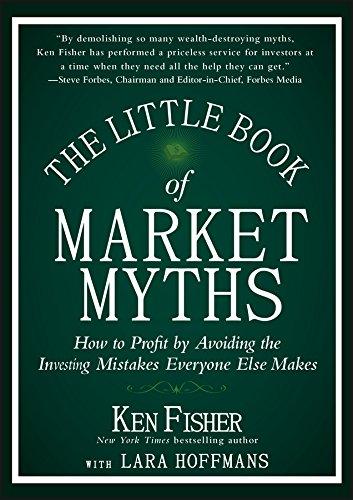Question
In addition to the five factors, dividends also affect the price of an option. The BlackScholes Option Pricing Model with dividends is: C=SedtN(d1)EeRtN(d2)C=SedtN(d1)EeRtN(d2) d1=[ln(S/E)+(Rd+2/2)t](t)d1=[ln(S/E)+(Rd+2/2)t](t) d2=d1td2=d1t
| In addition to the five factors, dividends also affect the price of an option. The BlackScholes Option Pricing Model with dividends is: |
| C=SedtN(d1)EeRtN(d2)C=SedtN(d1)EeRtN(d2) |
| d1=[ln(S/E)+(Rd+2/2)t](t)d1=[ln(S/E)+(Rd+2/2)t](t) |
| d2=d1td2=d1t |
| All of the variables are the same as the BlackScholes model without dividends except for the variable d, which is the continuously compounded dividend yield on the stock. |
| The putcall parity condition is also altered when dividends are paid. The dividend-adjusted putcall parity formula is: |
| Sedt+P=EeRt+CSedt+P=EeRt+C |
| where d is again the continuously compounded dividend yield. |
| A stock is currently priced at $86 per share, the standard deviation of its return is 40 percent per year, and the risk-free rate is 5 percent per year, compounded continuously. What is the price of a put option with a strike price of $82 and a maturity of six months if the stock has a dividend yield of 3 percent per year? |
Step by Step Solution
There are 3 Steps involved in it
Step: 1

Get Instant Access to Expert-Tailored Solutions
See step-by-step solutions with expert insights and AI powered tools for academic success
Step: 2

Step: 3

Ace Your Homework with AI
Get the answers you need in no time with our AI-driven, step-by-step assistance
Get Started


